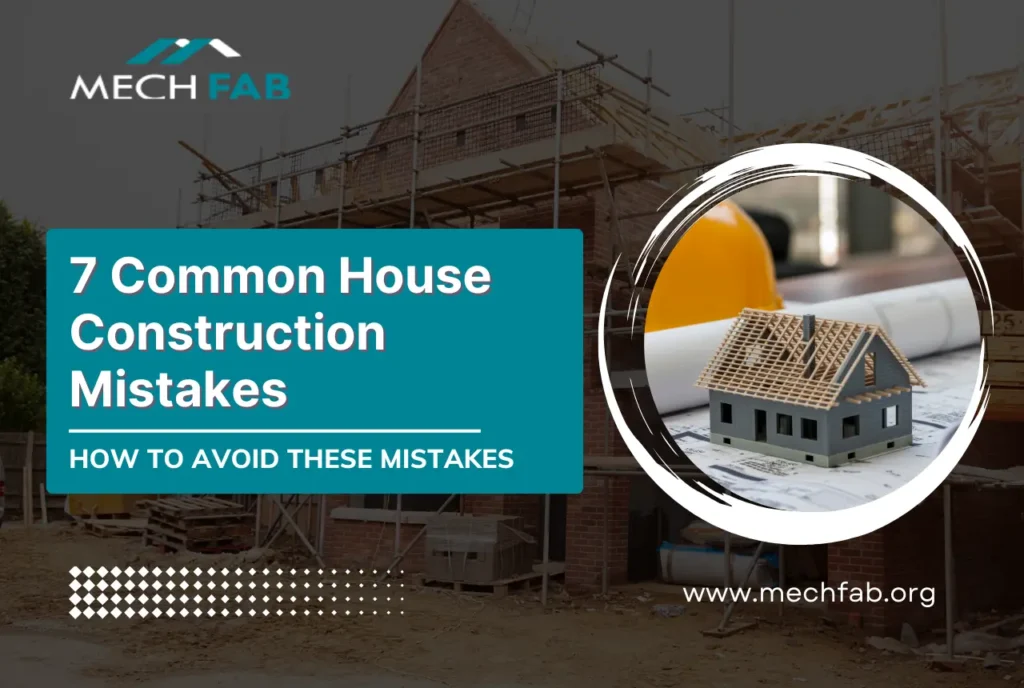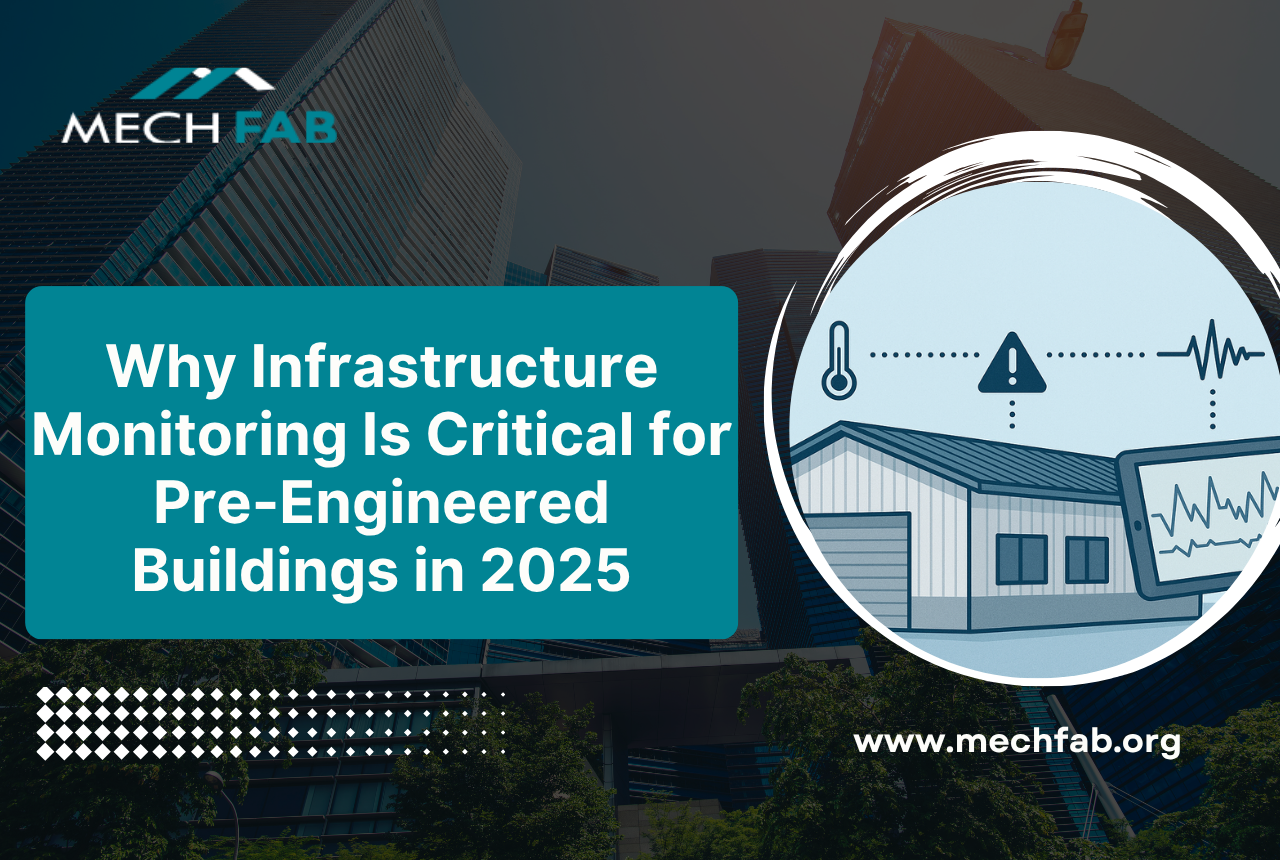While building your dream home there are multiple house construction mistakes that you need to avoid, which will not ruin your exciting experience. Once you get to customize every bit to your liking, by creating spaces that will perfectly reflect your style and needs. To include these options you will like your journey from conception to completion is smooth sailing.
Your move-in date may be postponed and your budget may be surpassed as a result of unforeseen obstacles and obstacles that may arise during the process. It is essential to be cognizant of common errors that can result in costly repairs in the future to ensure a more efficient construction process. By becoming acquainted with these potential hazards, you can make well-informed decisions throughout the construction process and prevent significant complications in the future.
In this blog, we’ll explore the top 7 mistakes to avoid when building your first home.
7 Common House Construction Mistakes and How to Avoid Them
While constructing your ideal residence is an exhilarating endeavour, the intricacies of the construction process can be overwhelming. Although unforeseen obstacles may occur, being cognizant of common hazards can assist in avoiding costly errors.
This guide delves into seven critical areas that must be taken into account during the construction of your home, as well as strategies to prevent setbacks and guarantee a cost-effective and seamless process.
1. Ignoring the Importance of Location
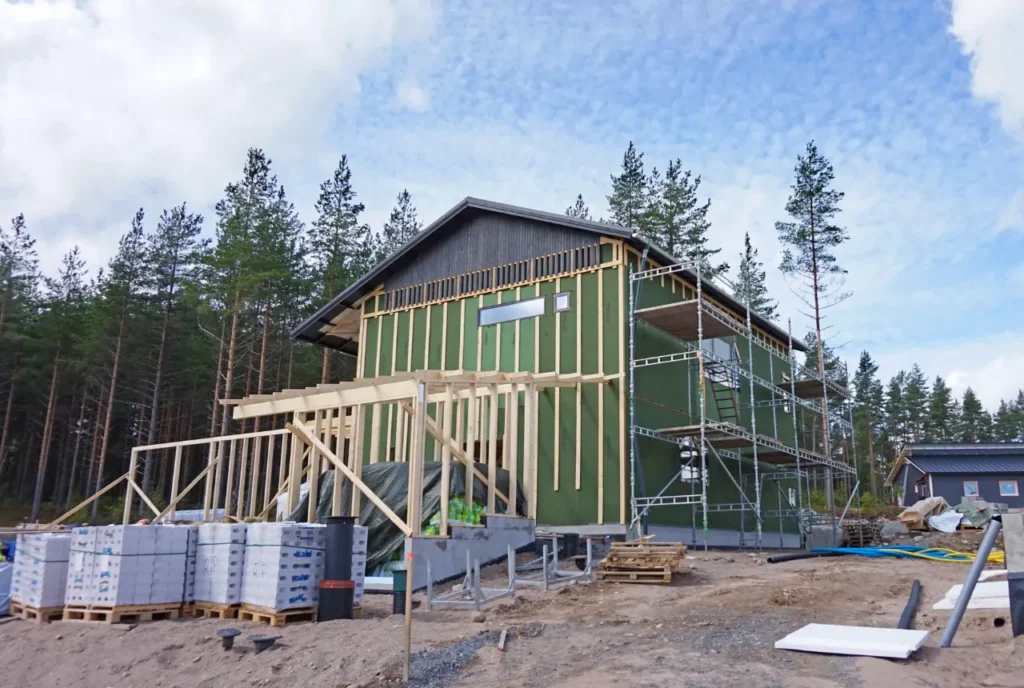
The location of your new residence is the cornerstone of your living experience. A location that has been carefully selected provides the potential for long-term value, as well as convenience and comfort. These are the reasons why location is crucial:
- Proximity to Amenities: Take into account your daily requirements and preferences. What is the proximity of schools, grocery stores, parks, and workplaces? For families that are frequently on the go, a central location may be the optimal choice, while those who desire a more tranquil atmosphere may prefer a more isolated location.
- Noise Levels: Traffic noise, construction zones, or nearby airports can significantly impact your quality of life. Research noise levels in different areas and prioritize quiet zones if tranquillity is important.
- Flood Zones and Geological Risks: Certain areas are prone to flooding, landslides, or earthquakes. Investigate potential risks and choose a location with a lower chance of natural disasters. Building codes may have specific requirements for construction in these areas.
- Resale Value: If you plan to sell your home in the future, consider factors that contribute to resale value. Good school districts, desirable neighbourhoods, and proximity to amenities can all increase your home’s market appeal.
Solutions:
- Partner with a realtor with local expertise. They can provide insights into different neighborhoods, including noise levels, future development plans, and potential risks.
- Conduct a thorough site inspection. Look for signs of drainage issues, potential foundation problems due to soil composition, and sun exposure patterns throughout the day. This can help you avoid costly fixes later.
2. Sacrificing Functionality for Aesthetics:

Although a visually appealing residence is undoubtedly desirable, prioritizing aesthetics over functionality can result in long-term regrets. Not only should a residence be visually attractive, but it should also be conducive to your daily routine and lifestyle. The following is the reason why functionality is important:
- Impractical Layouts and Awkward Traffic Flow: Navigating a visually appealing design with inadequately planned spaces can be a frustrating experience. Imagine a bathroom with an awkward configuration that makes it difficult to move around or a kitchen with limited counter space.
- Ignoring Lifestyle Needs: Assess how you intend to utilize your residence. Do you require substantial stowage space for sports equipment or hobbies? Are there any accessibility features that you may need in the future, such as hold bars or wider doorways? Neglecting these requirements may result in a residence that is not conducive to your lifestyle.
Solutions:
- Create a Detailed Floor Plan: Don’t just focus on aesthetics. Plan your living spaces with functionality in mind. Consider traffic flow, furniture placement, and designated areas for specific activities.
- Involve an Architect in the Design Process: An architect can help you translate your vision into a functional and beautiful space. They can offer creative solutions that optimize space and ensure your home meets your needs.
3. Underestimating Costs and Cutting Corners:
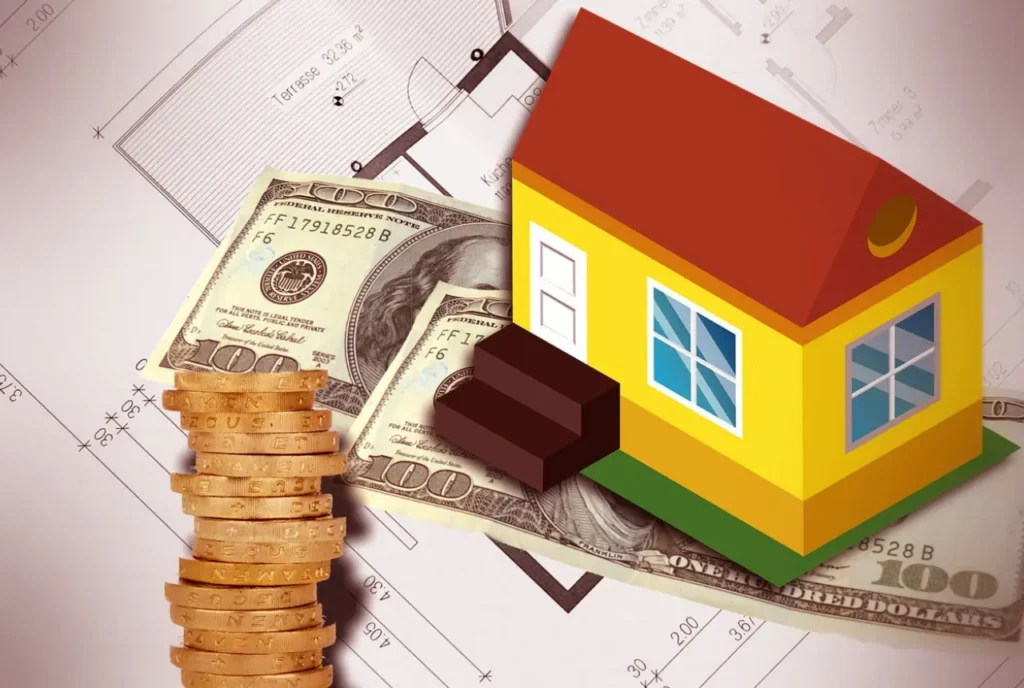
Excitement can sometimes lead to financial oversight. Underestimating construction costs is a common mistake that can derail your dream home project. Here’s why accurate budgeting is crucial:
- Unexpected Expenses: Construction projects rarely go exactly according to plan. Hidden issues like asbestos removal or unforeseen foundation problems can lead to significant cost overruns. An underestimated budget leaves you vulnerable to financial strain and delays.
- Delays in Completion: Running out of funds can stall construction, pushing back your move-in date and potentially incurring additional costs due to labor disruptions or delays in material deliveries.
Solutions:
- Factor in Contingency Funds: Don’t just budget for the base construction costs. Allocate a contingency fund of 10-15% to cover unexpected expenses.
- Get Multiple Bids and Set Realistic Budgets: Don’t settle for the first offer you receive. Obtain quotes from several qualified contractors and compare them carefully. Work with a financial advisor to create a realistic budget that accounts for all potential costs, including permits, materials, and labor.
4. Skipping Permits and Inspections:
While skipping permits and inspections might seem like a shortcut, it’s a recipe for disaster. Here’s why following regulations is essential:
- Legal Repercussions: Building without permits can lead to hefty fines, forced removal of unapproved structures, and even legal action.
- Safety Hazards: Inspections ensure your home adheres to building codes, which are in place to protect your safety. Skipping inspections increases the risk of electrical hazards, structural problems, and other safety concerns.
- Construction Delays: Even if you manage to avoid immediate detection, authorities can halt construction and require you to obtain permits retroactively, causing delays and potentially higher costs.
Solutions:
- Hire a Reputable Contractor: A reliable contractor will handle the permit acquisition process and schedule inspections diligently.
- Don’t Be Afraid to Ask Questions: Ensure you understand the permits required for your project and the inspection timeline.
5. Poor Communication with the Contractor
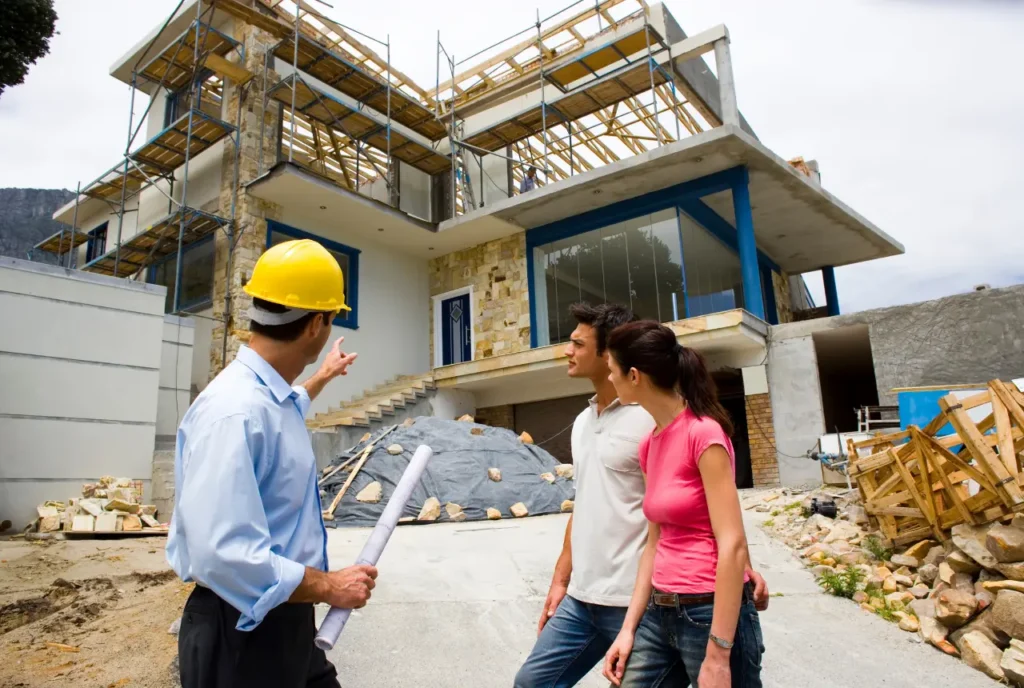
A successful home construction project hinges on clear and consistent communication with your contractor. Misunderstandings can lead to a domino effect of problems:
- Unrealistic Expectations: Without clear communication, your vision for the project might not translate well. This can result in disappointment and frustration if the final product doesn’t meet your expectations.
- Delays and Change Order Disputes: Ambiguous communication can lead to delays as details are clarified or reworked. Change orders, which are modifications to the original building plans, can also become contentious if not clearly documented and agreed upon beforehand.
Solutions:
- Establish Clear Communication Protocols: Set the tone for open communication from the outset. Discuss preferred communication methods (email, phone calls, site meetings) and establish a meeting schedule to keep everyone on the same page.
- Detailed Contracts and Paper Trail: A well-defined contract outlining expectations, timelines, and change order procedures is essential. Maintain a paper trail of all decisions, including emails, meeting notes, and signed approvals, to avoid future disputes. Consider using project management software that facilitates communication, document sharing, and task tracking.
6. Neglecting Energy Efficiency

While the initial cost of incorporating energy-efficient features might seem high, the long-term benefits are significant. Here’s why prioritizing energy efficiency is a wise investment:
- Lower Utility Bills: Energy-efficient homes use less energy to maintain comfortable temperatures and power appliances, leading to substantial savings on your monthly utility bills.
- Increased Comfort: Proper insulation and efficient heating/cooling systems create a more comfortable living environment with consistent temperatures throughout the year.
- Environmental Benefits: Reducing your home’s energy consumption contributes to a smaller carbon footprint and a healthier planet.
Strategies for an Energy-Efficient Home:
- Proper Insulation: Adequate insulation in walls, ceilings, and attics is crucial for controlling heat transfer and reducing energy loss.
- Energy-Efficient Appliances: Invest in appliances with high Energy Star ratings, which use significantly less energy than conventional models.
- Smart Home Technology Integration: Smart thermostats, lighting systems, and automated controls can help you optimize energy use based on your occupancy and preferences.
Solutions:
- Conduct an Energy Audit: An energy audit can identify areas where your home is losing energy and recommend specific improvements for better efficiency.
- Consult a Green Building Specialist: These professionals can guide you on incorporating energy-efficient features into your home design and construction, maximizing long-term benefits.
7. Rushing the Finishing Touches
The excitement of seeing your dream home come together can be tempting, but rushing the final stages can lead to problems down the road. Here’s why patience is key:
- Cosmetic Flaws and Structural Issues: Improper installation or inadequate curing time for materials like paint, flooring, or sealants can result in premature peeling, cracking, or warping. This can be not only unsightly but also compromise the structural integrity of your home.
Solutions:
- Realistic Project Timeline: Create a realistic timeline that factors in drying times for materials and installation processes. Don’t be afraid to adjust your schedule to ensure proper curing.
- Resist the Rush: While the urge to move in might be strong, resist the temptation to rush the finishing touches. A few extra days can save you from costly repairs and ensure a beautiful and long-lasting home.
How to Fix Common House Construction Mistakes
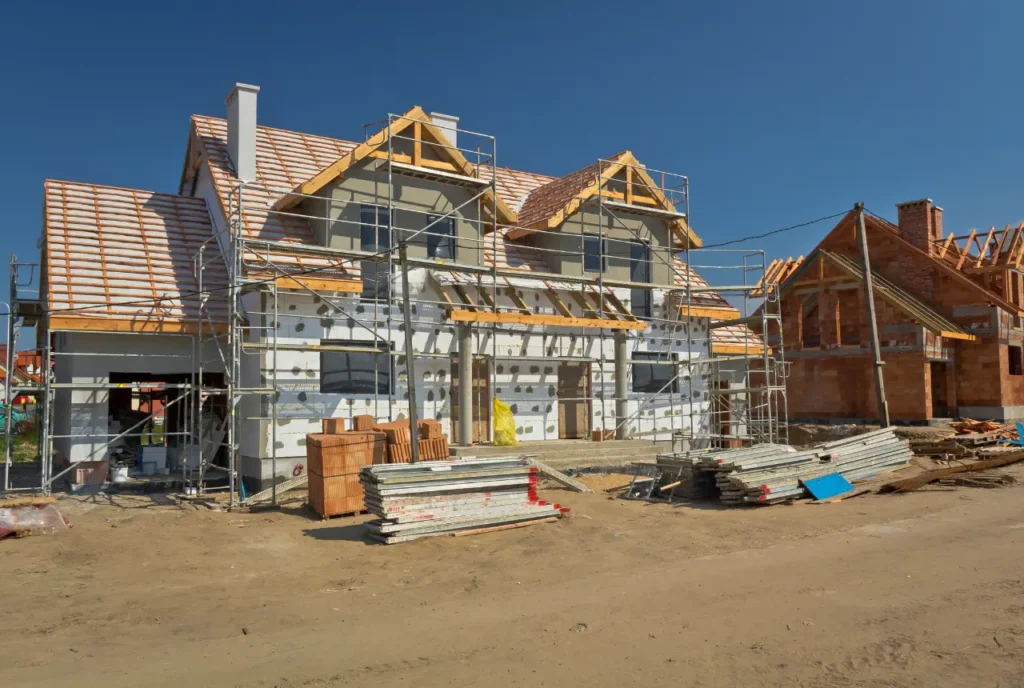
Unfortunately, even with careful planning, mistakes can occur during construction. The possibility of fixing them depends on the severity and type of mistake.
Minor issues like cosmetic flaws might be relatively easy and inexpensive to address. However, major structural problems or foundation issues can be incredibly costly to rectify.
If you suspect a mistake, it’s crucial to involve a professional contractor as soon as possible. They can assess the situation, recommend solutions, and provide an estimate for repairs. Early intervention can often minimize the damage and associated costs.
Conclusion
The process of constructing your ideal residence is characterized by a sense of eagerness and anticipation. Nevertheless, the process of navigating the intricacies of construction can be overwhelming. Throughout the process, you can make informed decisions and avoid costly pitfalls by becoming acquainted with common errors.
A successful home construction project necessitates meticulous planning, precise communication with your contractor, and the pursuit of professional guidance when necessary. These steps will facilitate a seamless transition from the initial stages of planning to the final stages, enabling you to concentrate on the genuine reward: residing in a functional and aesthetically pleasing environment that is reflective of your distinctive style and requirements. Therefore, exhale deeply, embrace the planning process, and prepare to transform your aspirational residence into a tangible actuality!

